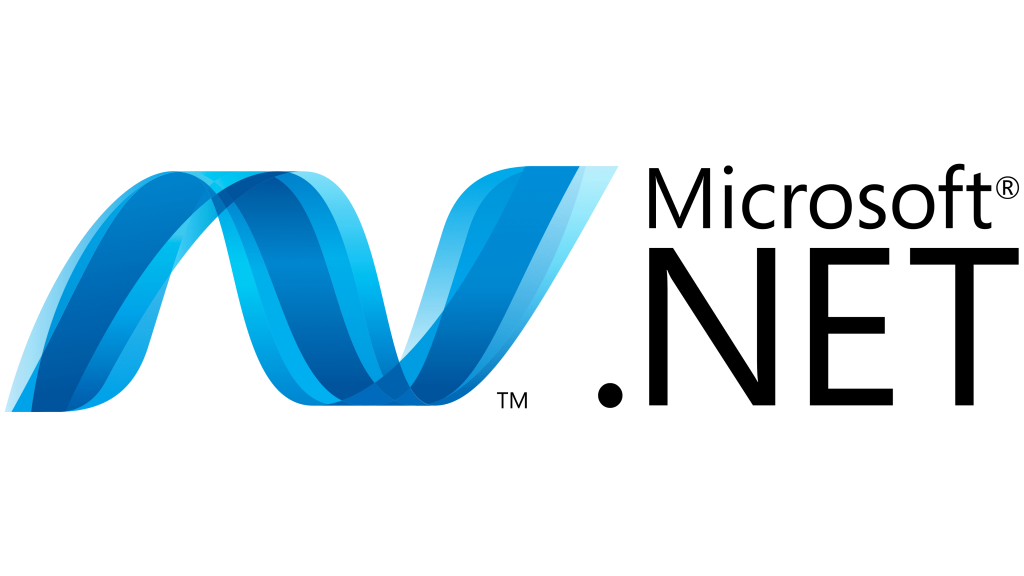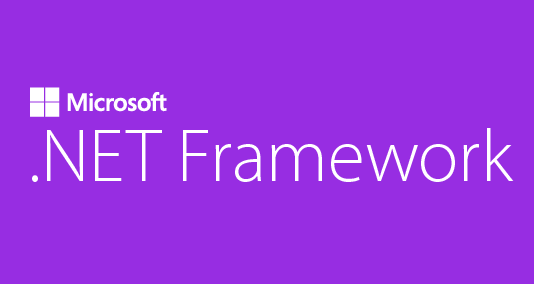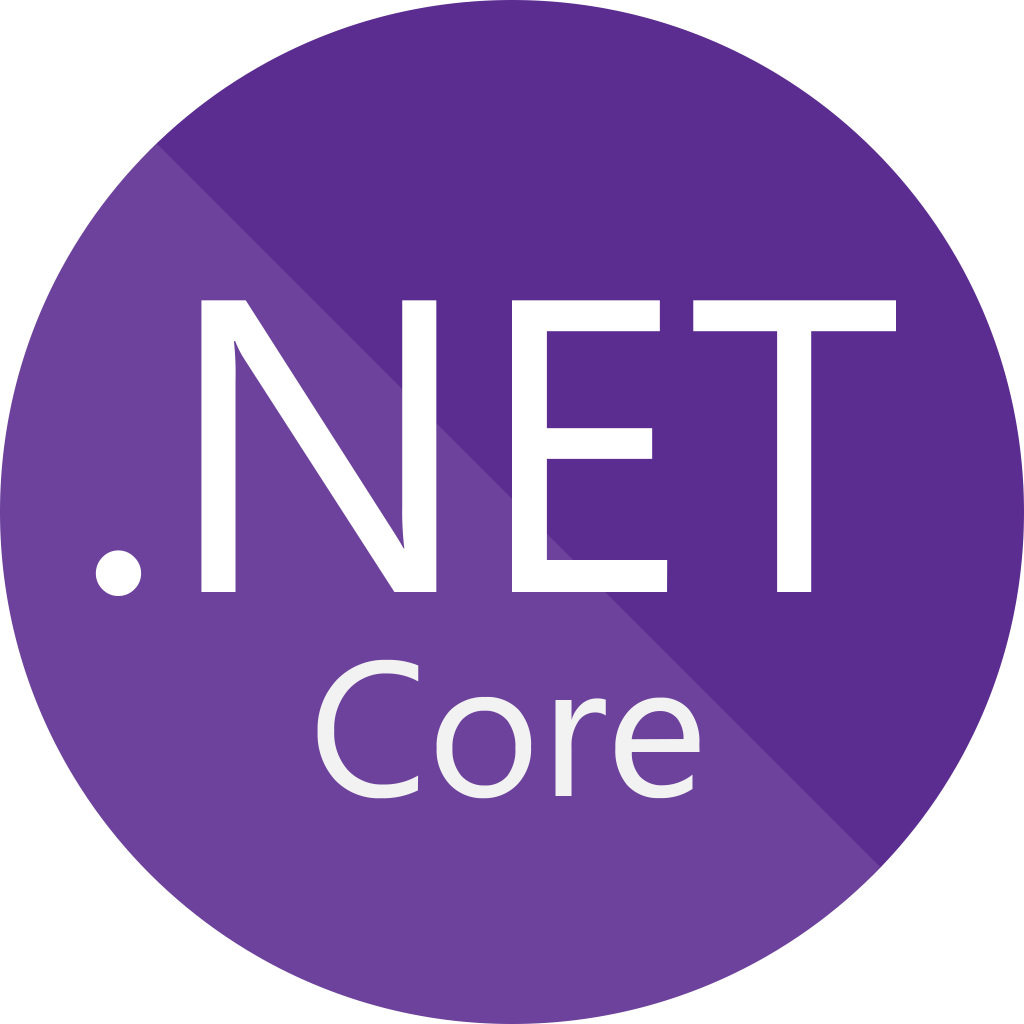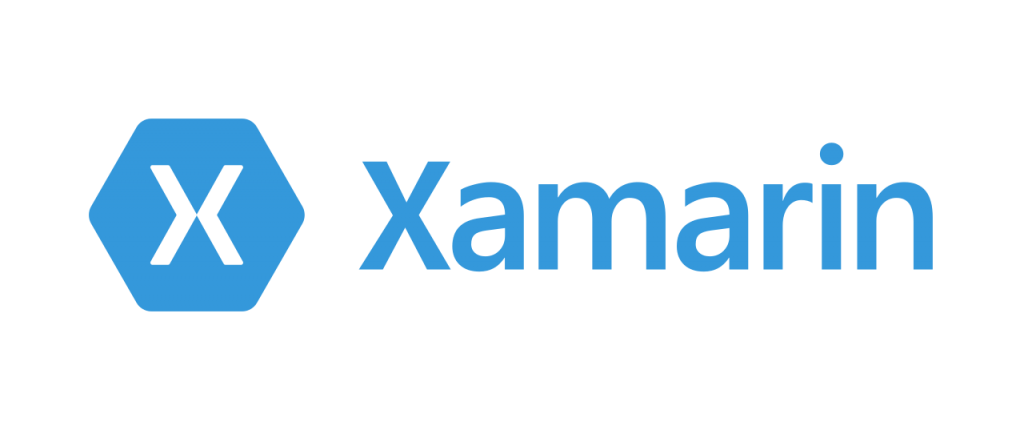Table Of Content
What Makes .NET Platform Desirable for the Developers? Let’s Find Out!
.NET Framework still offers one of the best environments to develop advanced software applications for desktop and web. Developers from around the world prefers .NET development platform to create different types of applications. During the last few years, the platform has also evolved with the integration of newer technologies and features. People that regularly use .NET development services precisely know that this platform comes up with plethora of libraries and modules for quick application development. These features make .NET an ideal development platform, as it brings ease for both experienced and intermediate developers to quickly get started with it.
Considering the latest advancements, .NET has now become a complete ecosystem where you can develop all kinds of applications. The optimized support for cloud-based applications gives .NET an additional edge over other platforms. These technologies collectively make .NET Framework a definite choice for the developers. They can do everything related to programming, testing, debugging and more by staying on just one environment, that too with a stunning fast turnaround time.
If you are a beginner that is looking to learn some great things about .NET development platform, this article would be a great explainer to you. It will let you know those exact features that makes .NET framework a highly creative dev platform among others. Let’s first start from the basics understanding the fundamentals about .NET framework, as well as its evolution in the tech world.
Looking For Expert .Net Developers?
What is .NET Development Platform?

.NET is a quite diverse platform in terms of offering variety of functionalities. It can be understood as a perfect blend of four exceptional parts i.e. .NET framework, .NET Core, Xamarin and Universal Windows Platform (UWP). Combining all of these .NET development tools, you get a complete platform where you can create different types of applications as per the requirements.
Let’s understand each of them in detail below.
.NET Framework

Microsoft released the .NET Framework back in 2002 as a standalone development platform. It could be termed as the first implementation of .NET in the tech world. This primary platform was based on three basic application models i.e. WPF, Windows Forms and ASP.NET Forms.
Windows Presentation Foundation (WPF) is basically a UI framework that helps to create graphical interfaces for desktop based software applications. Using the capabilities of XAML, WPF ensures to create a complete graphical layout for Windows based software apps. The easiness to create these interfaces without coding anything manually made WPF very popular among the developers. However, it also had some drawbacks which later got resolved in the forthcoming versions.
Talking about Windows Forms, it is basically a GUI library that comes preinstalled in the .NET framework. It could be understood as an upgraded form of WPF that helps to create desktop based applications with an exceptional graphical interface. The purpose of Windows Forms is that it makes easy for the developers to create, deploy or perform changes in the existing application. Many developers preferred using Windows Forms over WPF, as it offered more flexible features to craft desktop apps.
Meanwhile, ASP.NET is quite different from the above defined dev components. Both WPF and Windows Forms allows dev professionals to create windows based apps, whereas ASP.NET enables them to become more dynamic by supporting windows as well as web based applications. This dual application development support makes ASP.NET far more greater than the above two models. It is the core reason why professional .NET developers choose ASP.NET over other options, as it provides greater flexibility and scalability in development.
.NET Core

Released in 2016, .NET Core has brought tremendous revolution for the already established and successful software development giant .NET Framework. It is the rebuild of the older platform, focusing primarily on providing new advanced features to the .NET developers. Earlier, the framework was only capable of producing applications for the Windows. This practice was quickly becoming a hurdle for the developers, as they needed a platform that can allow them to create cross-platforms software apps.
.NET Core addressed these concerns by enhancing the dev capability of the platform to a new higher level. The advanced infrastructure by Microsoft can now create software products for Linux and macOS. This is considered a great leap for the .NET development platform because it has now enabled developers to freely create applications capable of running on multiple operating systems.
Another exciting feature .NET Core brings to the table is the enhanced support of cloud-based infrastructure. It has certainly become the need of the modern software applications to be able to communicate through cloud services. .NET Core allows the developers to create flawless desktop and web applications that can communicate on cloud. It streamlines the bridge that was missing in the earlier .NET framework, allowing dev professionals to get more ease while working with cloud based products.
Xamarin

Microsoft acted quite smartly by acquiring Xamarin in 2016 to fill the emerging gap of mobile development. This ground breaking decision payed high dividends to them when people started to prefer .NET to create smartphone applications. It is an open-source part of the .NET platform that allows users to quickly build apps for mobile and MAC products.
Xamarin uses the mono runtime version of to further simplify the usage of APIs in development. This provides a better approach to adjust your dev work for app development on iOS, Android and Xamarin.mac. If you are unclear with this idea or how does this work, take a look at different examples given on the internet. It will let you explain variety of things in a decent manner, allowing you to understand the concepts behind different software development methodologies easily
Universal Windows Platform (UWP)

If you are looking to hire any expert .NET developer, make sure first analyze his skills related to UWP. Universal Windows Platform is a highly advanced application model that provides APIs and common type systems for the devices running on Windows 10. This means that UWP enables the developers to create universal applications for PC, Xbox, Surface Hub and several other devices.
The good thing about UWP is that it allows developers to access Microsoft Store with a lot of ease. It also provides an execution environment (AppContainer) and SDKs to create/manage specialized APIs for different windows based devices. This provides a great opportunity to the developers to start building their own APIs without requiring any external support.
Meanwhile, it should be noted that as of now, UWP is not supported on .NET th6 due to some technical reasons. Till to date, there are no updates in this regard, but it will be hopefully added to the latest .NET version in the near future.
What is .NET 5 and .NET 6?
Microsoft announced the arrival of .NET 5 in May 2019 as a standalone development platform. The idea was to bundle up all the .NET elements inside a singular platform to bring a unification in the ecosystem. It was finally introduced in November 2020 as an advanced successor to .NET Core 3.1 and .NET Framework 4.8. This release marked the new generation of .NET technology in the world that clearly looked more capable and advanced as compared to the previous versions.
With the introduction of .NET 5, Microsoft smartly aligned everything in order that was earlier looking a bit fragmented. This new development platform completely bridged the gap for developing unified software applications for Windows, macOS, iOS, Android, Linux and other related platforms. Earlier to this release, the capability to build cross platform applications on .NET was divided or not center aligned on one platform. This release precisely brought the much needed unification into one ecosystem, allowing professionals to create cross-platform applications by using just one development podium.
Coming now to .NET 6, it has basically upgraded the unification foundations setup by the .NET 5 in the earlier stage. .NET 6 was introduced last year in November 2021 as a much more advanced development platform. It took the unification process one step higher by integrating and streamlining app development on cloud, browser and IoT platforms. This means that developers can now use the same .NET libraries, third party components, modules, SDK, etc. while creating applications for cloud and IoT platforms. It precisely shows the great leap of .NET towards modernization and simplifying development for a range of platforms and devices.
.NET Standard

Microsoft also introduced a separate framework called .NET Standard in 2016. The basic purpose of introducing this platform was to build a library where developers can collectively find all the existing APIs from .NET Framework, .NET Core and Xamarin easily. It simplified a great hassle to separately search and find different APIs from the above defined platforms. With the help of .NET Standard, the developers can now use a single base-class library instead of finding and implementing different modules one after another.
Now, whether you are developing an application on Xamarin or ASP.NET Core, you can access all the libraries required for the development through .NET Standard. It brings simplicity and ease of access all at one place, so that you can focus more on the technical jobs precisely as per the given functional requirements.
Advantages of Using .NET Development Platform
.NET comes with a range of features for developing different kinds of software applications. It offers numerous advantages to the developers in variety of areas and extents. Let’s discuss some of them in detail below.
Object Oriented Development Model
Object Oriented Programming (OOP) is considered the heart of software development. It doesn’t matter whether you are using .NET or any other platform, the importance of OOP will always remain the same during the whole development process. Without understanding its concepts, you won’t be able to build any professional application capable of performing the required tasks.
.NET Framework certainly offers a great environment to develop software applications according to the concepts of Object Oriented Programming. It allows developers to easily breakdown different tasks into smaller pieces. This gives them better understanding to focus on them separately and produce the results rightly according to the requirements.
Cross Platform Functionality of .NET Core
.NET Core offers a great leverage to the developers to create cross platform applications. This feature was not available in the earlier versions of the .NET and developers were struggling with a lot of difficulties to create different types of applications. The introduction of .NET Core eased their pain, allowing them to freely work on newer technologies with better development infrastructure.
Today, .NET Core has become the backbone of cross platform application development. The applications built on .NET Core are capable of running not only on windows, but also macOS and Linux. This is one of the most exciting features that makes the .NET framework desirable for everyone, especially for the cross platform developers.
Fast Caching System
Caching is a technique that helps to retrieve data faster from a specific stored place. It helps to display any information quickly, so that developers do not have to wait long to analyze their results. The caching system in .NET development platform is pretty fast by every standard. It is designed to be extensible, providing great opportunity to the developers to scale it accordingly.
Using the Object Cache class, developers can create a custom cache process to optimize the load time of their applications. This can be done for both windows client and server applications, rightly as per the given requirements.
Final Words
That brings us to the end of this article in which we have discussed some important points about .NET development platform. It is certainly a great framework that allows you to create variety of software applications. The recent arrival of .NET 6 has further increased the capabilities of the platform. It has become more powerful than ever to create cross platform applications, that too with the added support features of Cloud, IoT, Artificial Intelligence and more.
If you are looking for a software outsourcing company that could help you to create advanced applications on .NET platform, get in touch with us today. We have got proven experience in the field of development, precisely with the expert proficient skills of .NET and other related technologies.
FAQs
| What is .NET development platform? .NET development platform is a complete environment where you can create range of software applications. The latest version of .NET comes pre-integrated with different technologies to help you create desired software products perfectly. |
| Why is .NET framework so popular? .NET framework has always enjoyed popularity in the dev market. Its super easy usage and support of different dev technologies makes it a preferred option of many developers. That is why they love using the framework to create their desired software projects. |
| What features does .NET Core provide? .NET Core offers an environment where developers can easily create cross platform applications. This means that apart from Windows, .NET Core also helps the developers to create applications or Linux and macOS. |
| What is .NET Standard? .NET Standard offers a unified library where you can find different types of APIs for .NET Framework, .NET Core, and Xamarin. It makes easy for the developers to find these APIs at one place rather than searching from them separately. |
| What are the best advantages of using .NET Framework? .NET Framework provides tons of benefits to the developers. It is a great platform where you can use concepts of OOP to develop advanced applications. Besides that, it also offers exceptional caching system that helps to retrieve data faster from a temporary memory. |
